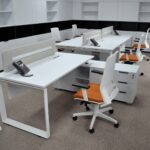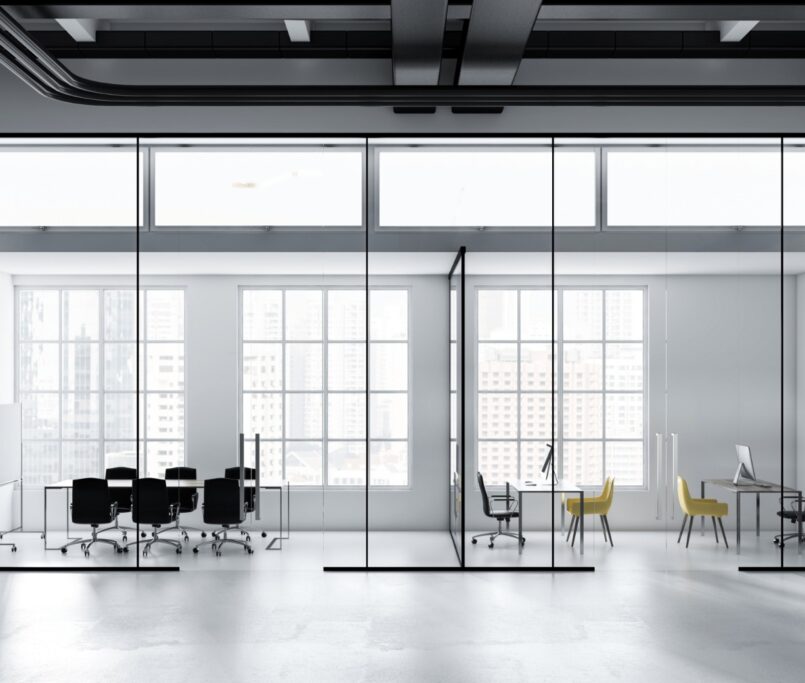Introduction
In today’s competitive business landscape, the importance of visually appealing and realistic presentations cannot be overstated. When it comes to commercial furniture design, the use of 3D rendering techniques has revolutionized the industry. 3D furniture design and rendering provide a powerful tool for architects, interior designers, and furniture manufacturers to bring their ideas to life and showcase their designs with precision and accuracy. In this article, we will explore the commercial 3D furniture design and rendering process and its benefits. We will also discuss specific service providers in major cities like Chicago, San Francisco, Philadelphia, and Phoenix.
For Best Commercial 3D Furniture Design and Rendering Services for Online Furniture Industry in major Cities like Chicago, San Francisco, Philadelphia, and Phoenix check Freelancers with very low Prices.
Understanding 3D Furniture Design and Rendering
Before delving into the process, it’s essential to understand what 3D furniture design and rendering entail. 3D furniture design involves creating three-dimensional virtual models of furniture using specialized software. These models can be manipulated, customized, and visualized from various angles, giving a comprehensive view of the final product. On the other hand, 3D rendering involves generating realistic images or animations from these 3D models, including applying textures, lighting, and other visual elements.
Benefits of 3D Furniture Design and Rendering
Using 3D furniture design and rendering brings numerous advantages to the commercial furniture industry. Firstly, it allows designers and manufacturers to visualize their ideas and concepts before investing in physical prototypes, saving time and resources. Additionally, 3D rendering enables clients and stakeholders to experience furniture design in a virtual environment, helping them make informed decisions. The level of detail and realism achieved through 3D rendering enhances communication, enabling effective collaboration between designers, manufacturers, and clients.
The Process of Commercial 3D Furniture Design and Rendering
The process of commercial 3D furniture design and rendering can be divided into several key steps:
Step 1: Conceptualization and Idea Generation
At the initial stage, designers collaborate with clients to understand their requirements and preferences. They gather information about the furniture’s intended use, style, and functionality. Ideas are brainstormed, sketches are created, and concepts are developed.
Step 2: 3D Modeling and Texturing
Once the design concept is finalized, the next step involves transforming the ideas into digital 3D models. Designers use specialized software to accurately represent the furniture, considering proportions, dimensions, and details. Texturing is applied to enhance the appearance and realism of the models.
Step 3: Lighting and Rendering
In this phase, lighting techniques are applied to create appropriate illumination for the virtual environment. Realistic lighting enhances the visual appeal and helps in achieving the desired ambiance. The 3D models are then rendered to generate high-quality images or animations.
Step 4: Material Selection and Visualization
Designers have the flexibility to experiment with various materials and finish virtually. This step involves selecting appropriate materials and applying them to the 3D models. The virtual visualization allows clients to see how different materials will look on the final product.
Step 5: Feedback and Iteration
The rendered images or animations are presented to clients for feedback and evaluation. Based on the feedback, necessary modifications and refinements are made to the design. This iterative process ensures that the final product aligns with the client’s vision and requirements.
Step 6: Finalization and Presentation
Once the design is approved, the finalization phase involves preparing the project for presentation. High-resolution renderings, animations, and walkthroughs are created to showcase the furniture design to clients, stakeholders, or potential buyers.
Case Studies
Here are some notable service providers offering 3D furniture design and rendering services in major cities:
3D Furniture Design and Rendering Services in Chicago
Chicago Design Studios, a leading design firm in Chicago, specializes in 3D furniture design and rendering services. With their team of experienced designers and cutting-edge technology, they provide innovative solutions that bring furniture designs to life.
3D Furniture Design and Rendering Services in San Francisco
Creative Vision Studio in San Francisco is renowned for its exceptional 3D furniture design and rendering services. Their talented team combines artistic vision with technical expertise to deliver stunning visualizations that captivate clients and leave a lasting impression.
3D Furniture Design and Rendering Services in Philadelphia
Furniture Visuals is a trusted name in Philadelphia regarding 3D furniture design and rendering services. They offer customized solutions tailored to the specific needs of their clients, ensuring accurate representations of furniture designs.
3D Furniture Design and Rendering Services in Phoenix
Phoenix 3D Solutions is the city’s reputable 3D furniture design and rendering services provider. Their team of skilled designers uses advanced software and techniques to create realistic virtual representations of furniture designs.
Conclusion
The process of commercial 3D furniture design and rendering has revolutionized the way furniture is conceptualized, visualized, and presented. It offers immense benefits to designers, manufacturers, and clients by providing realistic visualizations, enhancing communication, and streamlining the design process. With the help of professional service providers in cities like Chicago, San Francisco, Philadelphia, and Phoenix, businesses can harness the power of 3D furniture design and rendering to create remarkable furniture designs that leave a lasting impact.
FAQs
Q1: Can 3D furniture design and rendering be used for residential and commercial projects?
A1: 3D furniture design and rendering can be used for residential and commercial projects. It offers a versatile solution for visualizing and presenting furniture designs.
Q2: How long does the 3D furniture design and rendering typically take?
A2: The duration of the process can vary depending on the complexity and scope of the project. It can range from a few days to several weeks, considering factors like the number of iterations and client feedback.
Q3: Can 3D furniture design and rendering help in making design modifications during the development phase?
A3: Absolutely! One of the major advantages of 3D furniture design and rendering is the ability to make design modifications and refinements before investing in physical prototypes. It allows for a more efficient and cost-effective design process.
Q4: What file formats are commonly used for sharing 3D furniture models and renderings?
A4: The most commonly used file formats for sharing 3D furniture models and renderings are OBJ, FBX, and STL. These formats are widely supported by various 3D modeling and rendering software.





